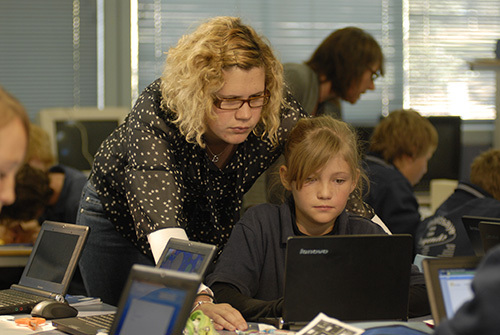
Two years ago, رئیس برنامه درسی استرالیا, ارزیابی و گزارش سازمان (رویدادها), Barry McGaw and I discussed some of the big changes going on in Australia’s education system. در آن زمان, Barry explained that an Information and Communications Technology (“فناوری اطلاعات و ارتباطات”) strategy for schools was being developed alongside everything else in the new curriculum. He commented that while tech would not be treated as a separate subject in the early years, students would be offered a range of studies in this area by the time they got to grades 8 به 10.
Two years later, how has the lifestyle change created by technology impacted the Australian classroom? I am delighted to welcome to جهانی جستجو برای آموزش و پرورش, سوزان مان, مدیر عامل شرکت آموزش و پرورش خدمات استرالیا, a company overseen by the Australian Education Ministers that focuses on technology provision and service support for Australian education and training. Susan plays a key role in the conceptualization and implementation of Australian national ICT policy. Her key interest is the transformative potential of information and communications technologies for teaching and learning.
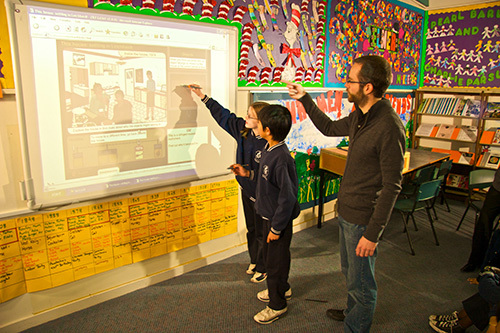
How has technology impacted the Australian education system? چه چیزی شما را به عنوان جوانب مثبت و منفی از نقطه نظر یادگیری را ببینید?
Teaching and learning across Australia has seen many changes in recent years with an increased use of technology in our schools. This has been supported by successive federal and state government investment programs, most recently through the Digital Education Revolution policy of the previous Labor government. Schools are supporting the use of technology with ongoing resources allocated to their technology infrastructure. There is a growing conversation around Bring Your Own Device policies within schools.
As Australian schools are moving towards greater integration of technology into the teaching and learning process, teachers are beginning to collaborate more online with their colleagues about their teaching. Through their own volition and through programs offered by their education systems, they are also beginning to up-skill and improve their knowledge about how technology can support their teaching and their students’ یادگیری.
Teachers are increasingly interested in identifying digital curriculum resources they can use with their students. The state and territory and federal governments over the last decade have jointly funded development of the National Digital Learning Resources Network that now provides access for Australian teachers and students to over 20,000 منابع با کیفیت بالا به طور مستقیم به برنامه درسی استرالیا از طریق پلت فرم در سراسر کشور به نام مرتبط Scootle.
The use of technology in schools is beginning to have a positive impact, and the advantages of the use of technology in the classroom are becoming increasingly obvious. Students are clearly used to using technology for their learning both within and outside the classroom. معلمان گزارش افزایش انگیزه توسط دانش آموزان زمانی که آنها در یادگیری دیجیتال درگیر, و تحقیقات اولیه ما نشان می دهد که این افزایش تعامل افزایش دانش آموزان است’ نتایج یادگیری.
The use of online formative assessment in literacy and numeracy, through a system available to Australian teachers called “Improve,” provides immediate feedback to students about their learning and presents them with resource support to respond to learning issues. Teachers are finding that this assists them to support individual students’ learning and to compile student achievement profiles.
There are still challenges for teachers and school to ubiquitously integrate technology into students’ یادگیری. Not all Australian schools have equal access to bandwidth and infrastructure. The ‘bring your own device’ trend raises equity issues for socio-economically disadvantaged students, which are often compounded by those same students being unable to afford technology at home. Some teachers are more familiar and confident with using technology than others. The expectations still surpass what is being delivered.
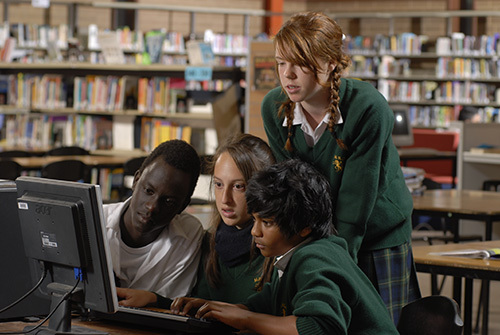
How is the role of the Australian teacher changing in the digital age?
به طور سنتی, the role of the teacher relied on sound content knowledge in their specific areas of expertise, high level pedagogical understandings and the ability to engage students in learning. These are still important attributes but teachers are now required to supplement these with additional skills and capabilities in the use of digital technology to support learning. Instead of being the ‘font of all knowledge,’ teachers are required to be effective facilitators of student learning both within and outside the classroom at any time.
The new national professional standards, established by the Australian Institute for Teaching and School Leadership, specify expected ICT capacities of teachers, school leaders and new teachers. Some teacher training institutions have now embraced the need to significantly change the way they train teachers.
Growing interest in social media and professional learning networks has seen the development of online forums that are supporting professional learning and practice from the grass roots level. A national social networking platform, called Scootle Community, is being enthusiastically embraced by teachers across Australia, و تمام 500 teachers per week have been joining this platform and creating and participating in a range of network forums.
What digital learning tools have been implemented in Australia and what do educators see as the pros and cons of these?
Some teachers and parents are of the view that there is still a place for traditional texts, but this is changing rapidly as universal access to digital tools becomes the norm. With the growing number of mobile devices in the hands of students, more teachers are working with apps and collaborative tools than ever before. Teachers are selecting a wide variety of digital tools to cover a range of learning styles and processes that support collaboration, creation and curation of content.
Digital textbooks are not really taking off at present. The publishers have not yet achieved a suitable licensing regime that accommodates students changing devices and covers sufficient numbers of students at a realistic price. با این حال, commercial providers such a Mathletics that market to parents are becoming popular to support extension of students at home.
Flexible online delivery of language learning, especially for Asian languages, has been a focus of funding by the Australian government and Education Services Australia, a ministerial company that has released the Language Learning Space. This engaging, inquiry-based environment has been initially developed to support teachers and students in the acquisition of Chinese language. Using a game-based learning model, the Language Learning Space has been designed to scaffold learning through challenging scenarios.
More ubiquitous mobile technologies have led to a significant shift from desktops and laptops to the use of mobile tablets. Australian schools are increasingly using apps as they become available to support education.
Digital tools are constantly changing and adapting to the collaborative nature of technologies. Identifying high quality resources in such a context continues to be challenging for government and private providers.

How has technology impacted curriculum design in Australia?
The new Australian Curriculum has been made ‘machine readable,’ which enables it to be directly linked to digital curriculum resources for students and for teacher professional learning, as well as other data in the future such as curriculum-related assessment items.
The Australian Curriculum is only available online, and teachers access this through a system that enables them to customise their view of the curriculum according to their subject area and curriculum approach.
‘Technology’ is a cross-curriculum perspective running through the new Australia Curriculum, and there are a number of technology subject areas as well that include coding, which has not previously been part of the Australian Curriculum.
Research indicates that the use of tablets, گوشی های موبایل, internet sources and social media platforms such as Facebook and Twitter continue to infiltrate classrooms in the US rapidly. Are you seeing the same trend in Australian classrooms? تا چه حد استفاده از این ابزار بخشی از برنامه درسی خود را است? آیا سن زیر که فکر می کنید این ابزار در کلاس های درس مناسب نیست وجود دارد?
Increased use of mobile technologies by students is certainly reflected in Australian schools. With an ever-growing number of mobile devices, social media platforms and access to freely available collaboration tools, Australian classrooms are evolving into global classrooms.
Students and teachers are collaborating with experts and peers to ensure that rich project-based learning experiences occur across curriculum areas. School systems in Australia work under the guidelines of social media sites such as Facebook, where the age limit is 13 years or over.
Australian schools have access to a range of tools and resources that promote best practice in the use of social media tools. به عنوان مثال, the Australian Communications and Media Authority provides cybersafety resources for students, teachers and parents.
Information is the key for users of technology. It is important that resources are available to support students in best practice models and to highlight expectations of safe and responsible use of online tools. The Safe Schools Hub is the latest online tool to support the Australian National Safe Schools Framework. It provides access to programs and strategies that build supportive, safe places to learn.

Photos courtesy of Education Services Australia.
برای مقالات بیشتر در کردم فناوری? رشته: جهانی جستجو برای آموزش و پرورش: GOT انجمن? – فنلاند, جهانی جستجو برای آموزش و پرورش: GOT انجمن? – کانادا, جهانی جستجو برای آموزش و پرورش: GOT انجمن? – سنگاپور, جهانی جستجو برای آموزش و پرورش: GOT انجمن? – ایالات متحده, جهانی جستجو برای آموزش و پرورش: GOT انجمن? IB مدارس در یک دنیای مجازی, جهانی جستجو برای آموزش و پرورش: GOT انجمن? – آرژانتین
در جهانی جستجو برای آموزش و پرورش, من و پیوستن به رهبران فکری در سطح جهان شناخته جمله سر مایکل باربر (UK), دکتر. مایکل بلوک (ایالات متحده), دکتر. لئون Botstein (ایالات متحده), استاد خشت کریستنسن (ایالات متحده), دکتر. لیندا عزیزم، هاموند (ایالات متحده), دکتر. Madhav Chavan (هند), پروفسور مایکل فالن (کانادا), پروفسور هوارد گاردنر (ایالات متحده), پروفسور اندی هارگریوز (ایالات متحده), پروفسور ایوان هلمن (هلند), پروفسور کریستین Helstad (نروژ), ژان Hendrickson (ایالات متحده), پروفسور رز Hipkins (نیوزیلند), استاد کورنلیا Hoogland (کانادا), جناب جف جانسون (کانادا), خانم. شانتال کافمن (بلژیک), دکتر. Eija Kauppinen (فنلاند), دولت Tapio Kosunen وزیر (فنلاند), پروفسور دومینیک لافونتن (بلژیک), پروفسور هیو لادر (UK), پروفسور بن لوین (کانادا), پروردگار کن مک دونالد (UK), پرفسور بری McGaw (استرالیا), Shiv در نادار (هند), استاد R. Natarajan (هند), دکتر. PAK NG (سنگاپور), دکتر. دنیس پاپ (US), Sridhar Rajagopalan (هند), دکتر. دایان Ravitch (ایالات متحده), ریچارد ویلسون رایلی (ایالات متحده), سر کن رابینسون (UK), استاد PASI Sahlberg (فنلاند), استاد Manabu ساتو (ژاپن), آندریاس Schleicher (PISA, OECD), دکتر. آنتونی Seldon (UK), دکتر. دیوید شافر (ایالات متحده), دکتر. کیرستن همهجانبه هستند (نروژ), صدراعظم استفان Spahn (ایالات متحده), ایو Theze (فرانسه دبیرستان فرانسوی ایالات متحده), پروفسور چارلز Ungerleider (کانادا), پروفسور تونی واگنر (ایالات متحده), سر دیوید واتسون (UK), استاد دیلن Wiliam (UK), دکتر. علامت گذاری Wormald (UK), پروفسور تئو Wubbels (هلند), پروفسور مایکل جوان (UK), و استاد Minxuan ژانگ (چین) به عنوان آنها در پرسش های بزرگ آموزش و پرورش تصویر است که تمام کشورهای امروز با آن مواجه بررسی. جهانی جستجو برای آموزش و پرورش انجمن صفحه
C. M. روبین نویسنده دو مجموعه آنلاین به طور گسترده به عنوان خوانده شده که او دریافت است 2011 جایزه آپتون سینکلر, “جهانی جستجو برای آموزش و پرورش” و “چگونه آیا ما به عنوان خوانده شده?” او همچنین نویسنده سه کتاب پرفروش, محتوی رئال آلیس در سرزمین عجایب.


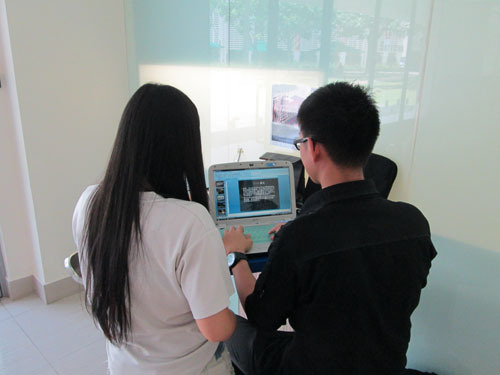
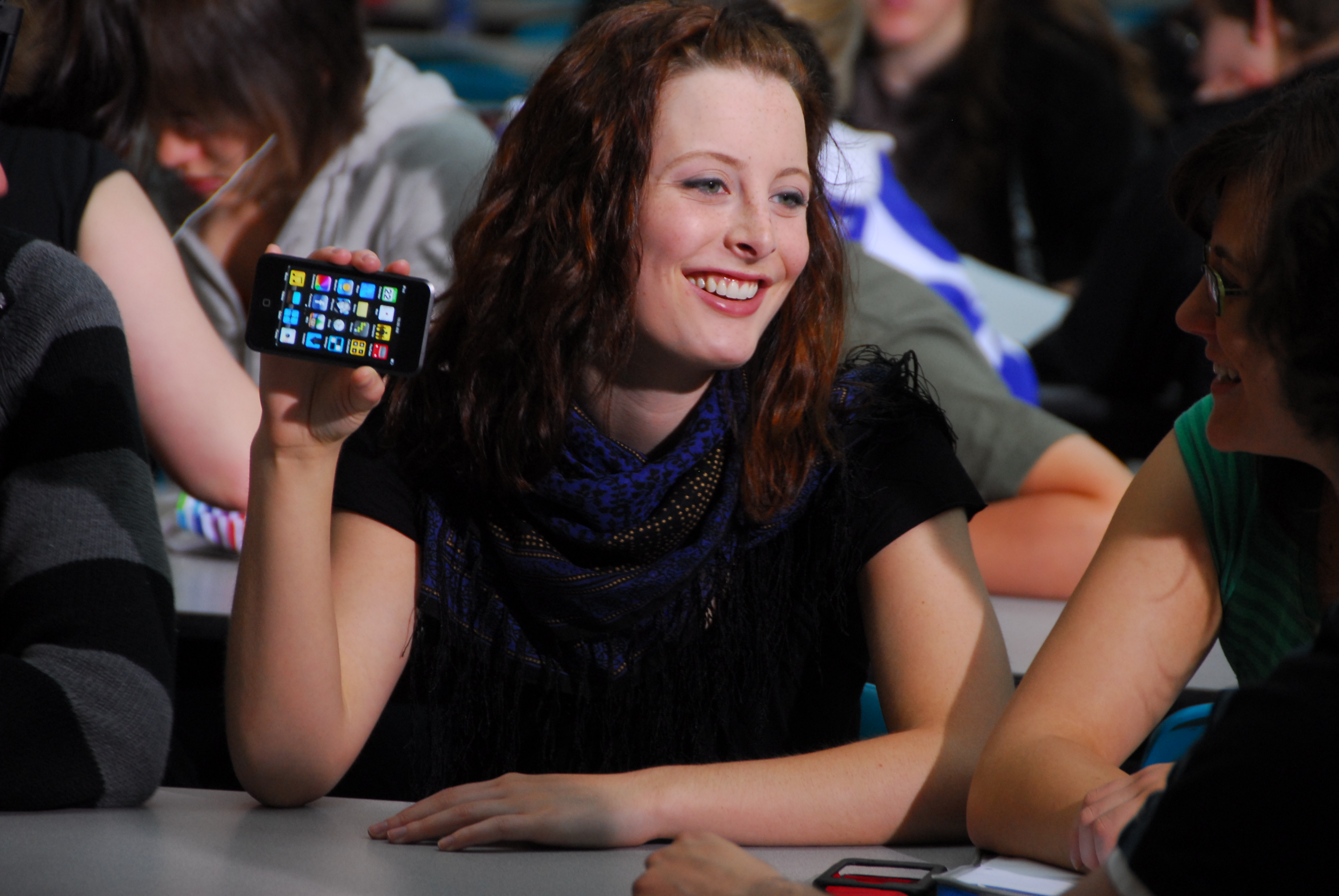
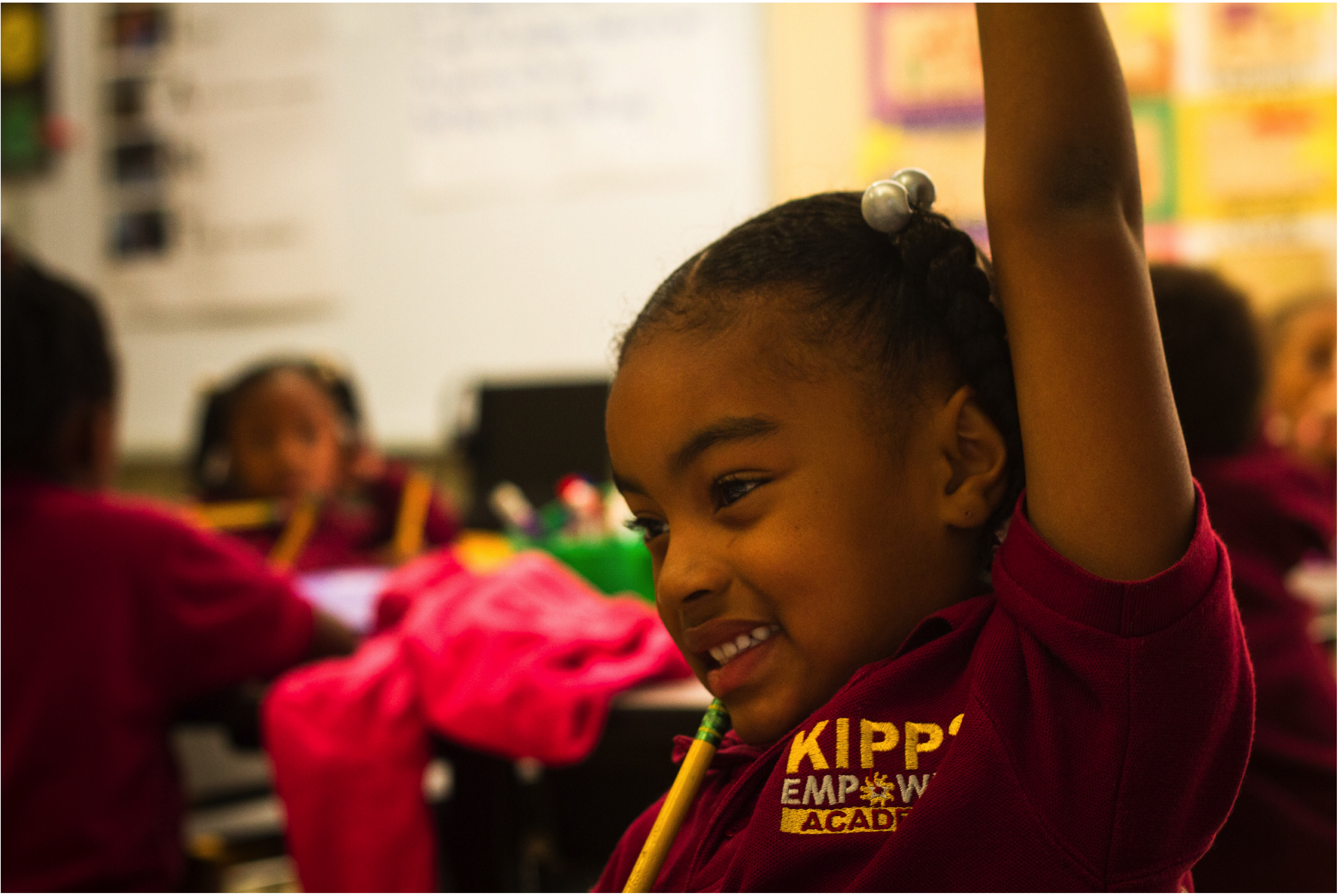
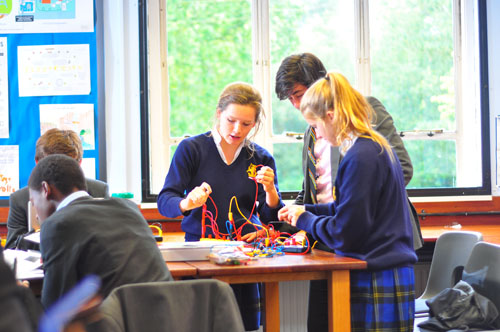
نظرات اخیر